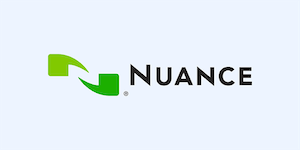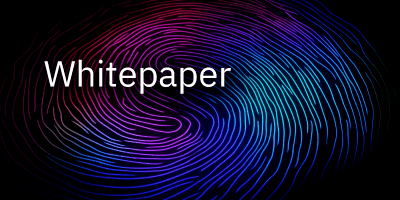How Well Do You Know Your Network: Diagrams and PCI
In the digital age, the backbone of any business is its network. Understanding and managing this network is not just about maintaining connectivity but also ensuring security, especially when dealing with sensitive data. This is where the importance of network diagrams and Payment Card Industry (PCI) compliance comes into focus. A well-documented network can be the difference between a secured system and a potential breach.
The Importance of Network Diagrams
Network diagrams are visual representations of a network’s components, such as routers, switches, firewalls, and network connections. These diagrams provide essential insights into the structure and flow of data, making it easier to identify potential vulnerabilities and performance bottlenecks. For any IT professional, these diagrams are not just tools for troubleshooting but are crucial in strategic planning and network optimization.
Creating a detailed network diagram involves mapping out all physical and logical aspects of the network. This includes everything from the wireless network to the wired connections that make up the infrastructure. A comprehensive diagram captures various layers of the network architecture, providing a complete picture of how data travels and where security controls are in place.
PCI Compliance and Network Diagrams
For businesses that handle cardholder data, compliance with the Payment Card Industry Data Security Standard (PCI DSS) is mandatory. One of the critical components of PCI DSS compliance is the creation and maintenance of a PCI DSS network diagram. This specialized type of diagram goes beyond general network mapping to focus specifically on the flow of cardholder data through the network. A PCI network diagram serves several vital purposes:
Scope Identification: It helps in identifying all systems and components that are part of, or connected to, the cardholder data environment (CDE). This is critical for defining the scope of the PCI DSS assessment.
Security Measures: It shows how security measures are implemented within the network. Firewalls, intrusion detection systems, and data flow controls are typically highlighted to demonstrate compliance with PCI DSS requirements.
Risk Management: By visualizing the data flow, a PCI diagram helps in assessing risks and vulnerabilities within the network, facilitating targeted security enhancements.
Designing an Effective PCI Network Diagram
Designing an effective PCI network diagram requires a thorough understanding of both the network’s architecture and the PCI DSS requirements. The diagram should include all network segments, whether they store, process, or transmit cardholder data. It should indicate where cardholder data enters the network, the various paths it takes, and where it exits. Key elements to include in a PCI network diagram are:
Cardholder Data Environment (CDE): Clearly define the boundaries of the CDE.
Data Flow: Map the flow of cardholder data across the network, highlighting any points where data is stored, processed, or transmitted.
Security Controls: Indicate where security controls such as firewalls and encryption are applied.
External Connections: Document all external connections that interact with the CDE, including those from third-party service providers.
Challenges in Maintaining Network Diagrams
Maintaining an up-to-date network diagram presents several challenges. Networks are dynamic; new devices and applications are regularly added, which can change the flow of data and thus the scope of PCI compliance. Regular updates to the network diagram are essential to ensure that it accurately reflects the current state of the network.
Automation tools can help keep network diagrams updated by detecting changes in the network architecture and automatically reflecting these changes in the diagram. However, automation must be complemented with regular manual reviews so that no aspect of the network goes undocumented.
Best Practices for Network Diagram Management
To effectively manage network diagrams, organizations should adhere to the following best practices:
Regular Updates: Update diagrams whenever there are changes in the network structure or in PCI DSS requirements.
Access Controls: Limit access to network diagrams to authorized personnel only, as these documents provide a roadmap to the network’s security framework.
Integration with Security Practices: Integrate network diagramming with other security practices such as threat modeling and incident response planning.
Final Thoughts
Understanding your network through detailed diagrams is more than a technical requirement; it’s a critical component of organizational security, particularly for PCI DSS compliance. A well-maintained PCI network diagram not only helps in achieving compliance but also enhances the overall security posture of the organization by providing clear visibility into network operations and vulnerabilities.
For businesses involved in the processing, storage, or transmission of cardholder data, investing time and resources in creating and maintaining accurate network diagrams is indispensable. It addresses not only compliance but also provides a robust framework for securing sensitive data against the ever-evolving landscape of cyber threats.
Carla Brinker
Principal Cybersecurity Consultant,
GuidePoint Security
Carla Brinker, Principal Cybersecurity Consultant at GuidePoint Security, began her career in the security industry in 2000. Her professional experience includes PCI assessments ranging from Fortune 25 companies to small companies, risk assessments, IT governance, oversight of new controls implementation, technical writing, and security education. She has both led and participated in assessments for industries such as banking, retail, ecommerce, and hospitality and has managed teams of consultants delivering information security services. Carla holds several industry certifications, including Certified Information Security Assessor (CISA), Certified Information Security Manager (CISM), and PCI Qualified Security Assessor (PCI QSA).




























